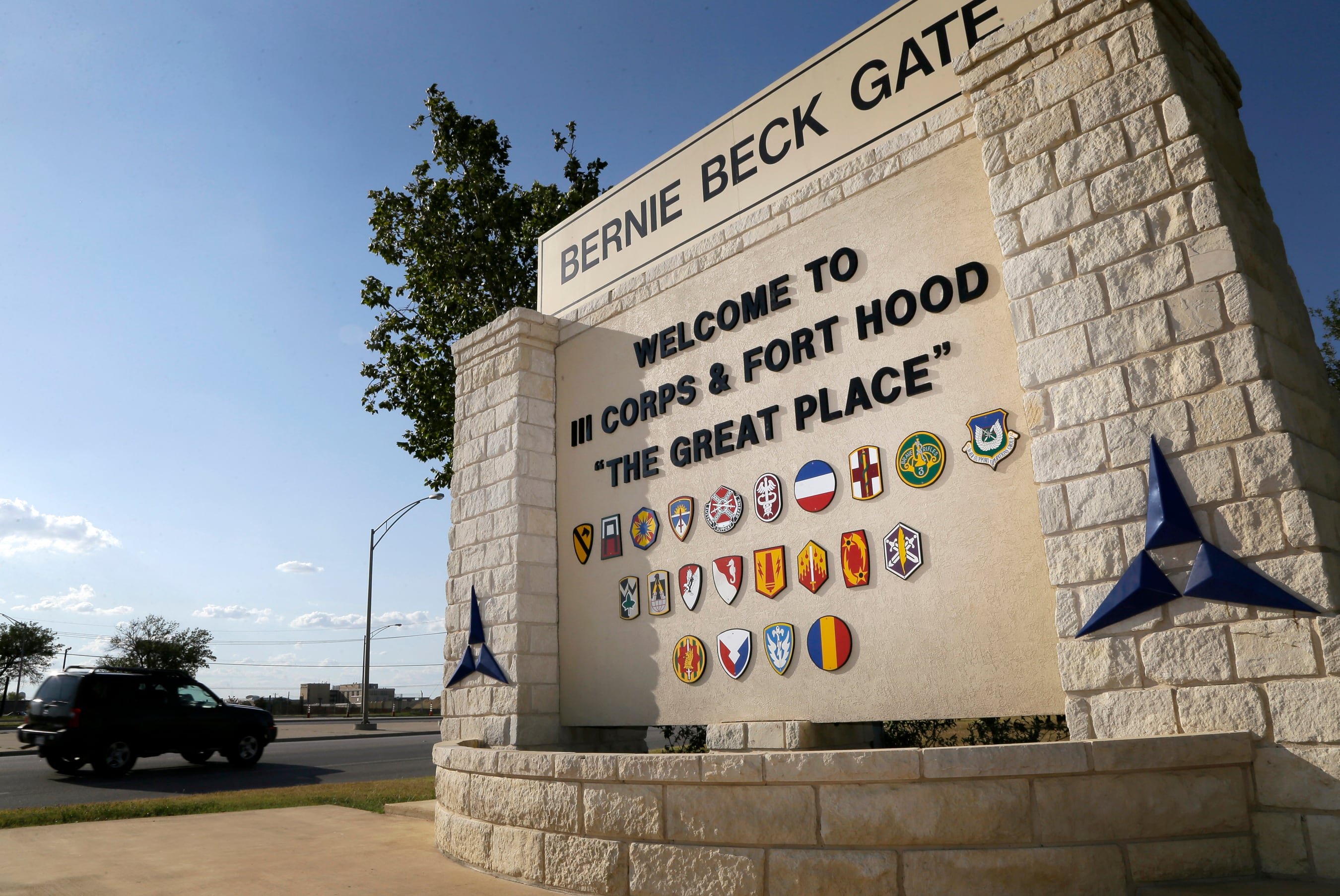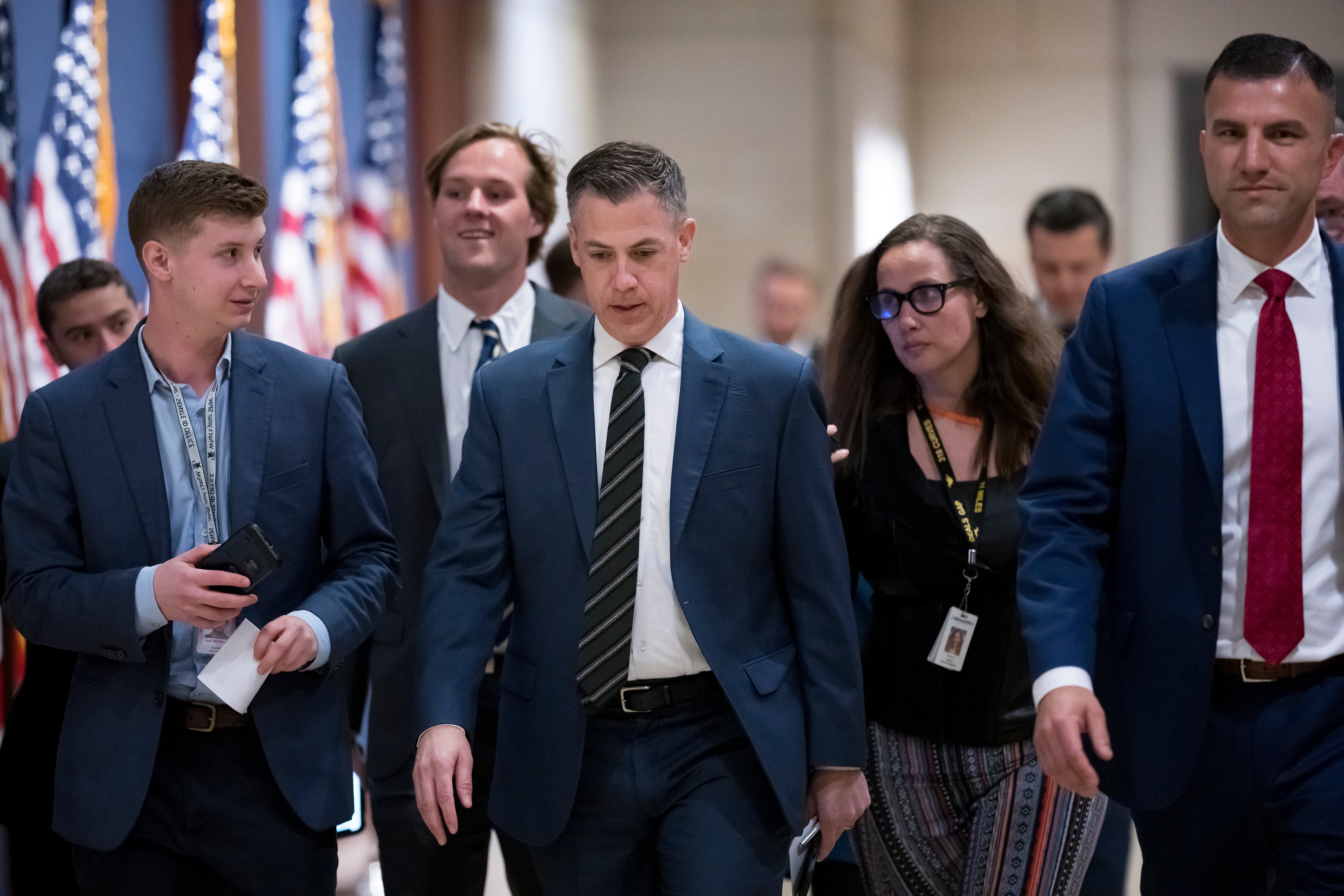FORT HOOD, Texas — Records show there have been a rising number of accidents — both large and small — at Fort Hood over the last decade.
According to the U.S. Army Combat Readiness Center, which investigates major accidents and tallies statistics across the Army, the number of reported accidents at the sprawling Army post in Killeen reached a 10-year high of 109 in 2015, well above reported numbers from earlier years, the Austin American-Statesman reported. Accident numbers have risen there even as the population of active-duty soldiers has fallen by about 20 percent since 2011.
In the deadliest training accident in Fort Hood's modern history, nine soldiers died in June when a military transport truck was swept into a rain-swollen creek.
Accidents at Fort Hood have resulted in 23 deaths of soldiers and Army employees since 2006. Eight amputations were also reported in the same time frame.
The newspaper reported it's not exactly clear what is causing the uptick at Fort Hood, though officials said accident rates are tied largely to the rhythm of wartime deployments and training schedules. Officials also point to better online reporting since 2011.
Since 2010, the accidents involving serious injury, death or significant equipment damage increased nearly 20 percent in 2015, from 42 to 50.
Many of the serious accidents at Fort Hood involved Army ground vehicles. In June 2015, a Texas Army National Guard soldier was killed and two soldiers injured when their vehicle overturned while driving on a range road during training. Two years earlier, a soldier was killed when the door of his Humvee was jolted opened and he fell out while driving on a trail to a training site.
Dozens of accidents were related to physical training. Two soldiers died from heat stroke or exhaustion during runs or marches.
No single entity oversees all the units on the massive Army post. Most units fall under the post's III Corps Command Group, which has reported numbers that indicate decreases in accidents in 2015. But those statistics don't include data from the hospital, related clinics and the many U.S. Army Reserve and National Guard units that train on Fort Hood.
"Accidents on Fort Hood can be affected by the operational tempo and home station population of our soldiers," III Corps Command Group officials said in a statement.
Lt. Col. Phillip G. Jenison, head of the Ground Directorate at the U.S. Army Combat Readiness Center, said Army officials seek to learn lessons from the accidents. "There's an assessment stage — is it an isolated incident or something we need to (make part) of the training?"
During the past decade, safety investigations have led to a number of changes at Fort Hood, including intensive motorcycle training after an uptick in crashes since 2004.





